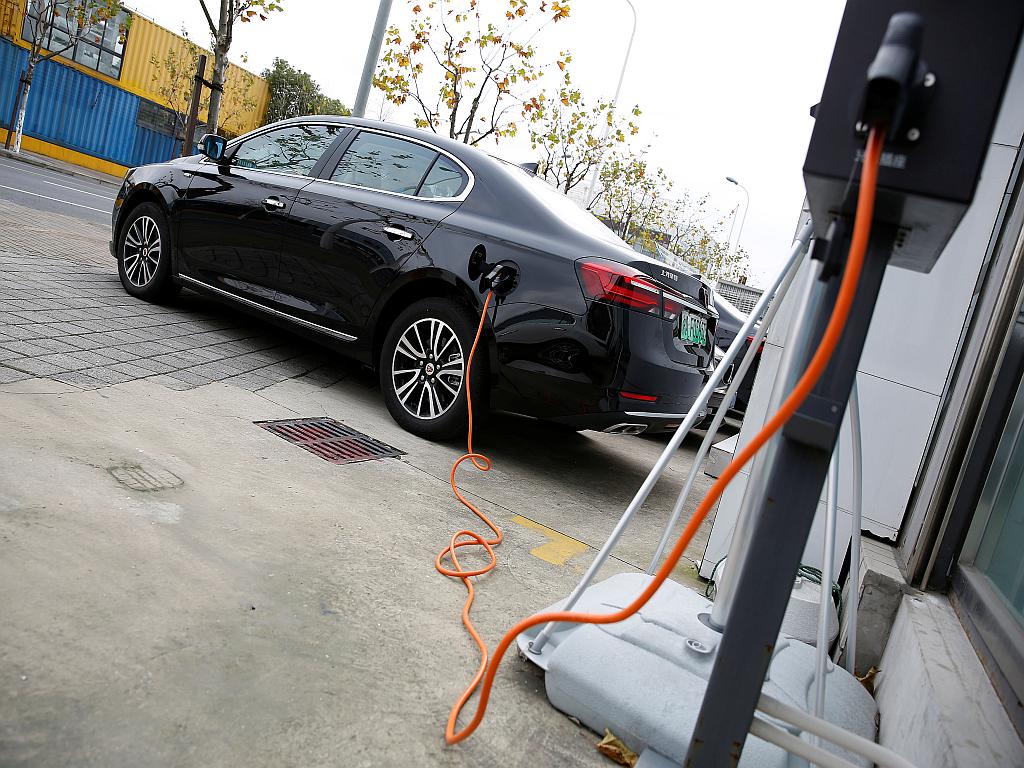
According to the strategy, the first-time registration of gasoline or Diesel-powered vehicles will no longer be possible after the year 2030. That's because the alternative fuel strategy will establish a carbon footprint limits of 50 grams of carbon dioxide emissions per kilometer. These days, only electric vehicles and plug-in hybrids meet this limit.
The government expects at least 17 percent of vehicles to be electric or plugged-in hybrids by 2030. That's about 200,000 vehicles in total. The strategy for the establishment of alternative fuel infrastructure also covers charging stations for electric cars.
More charging stations for electric vehicles
Last year, 227 charging stations for electric vehicles were set up in Slovenia. By 2020, the country will need 1200 of them. The number should increase to 7000 by 2025 and 22,300 by 2030, according to the government, which considers the increases an important part of its alternative fuel strategy. The goal is to increase the number of electric and hybrid vehicles, which have a substantially smaller impact on the environment than present-day automobiles.
Electric cars are not just fashionable, but also a key part of car manufacturers' strategy to meet carbon dioxide emission criteria.


































































